During the Viking Age, battles were a common occurrence as the Vikings sought to expand their territories and increase their wealth.
However, not every battle ended in victory for the Vikings. Defeat in battle had severe consequences for the Vikings, including capture, slavery, and death.
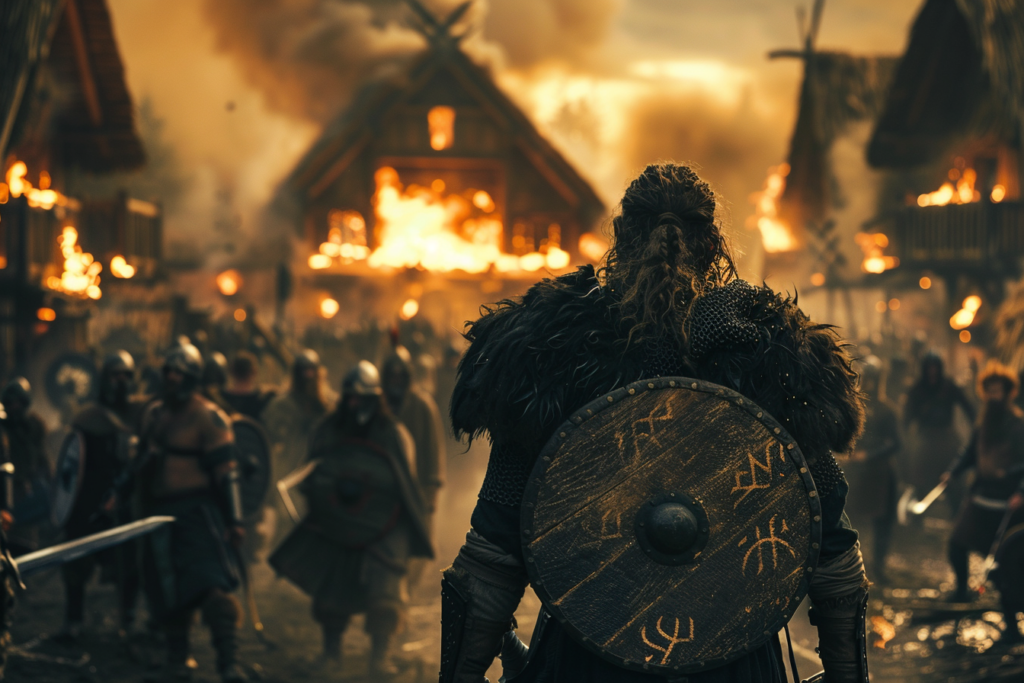
When the Vikings lost a battle, they often faced capture by their enemies.
Captured Vikings could be sold into slavery or held for ransom. The Vikings themselves were not averse to taking captives, but being on the receiving end was a different matter.
For the Vikings, capture meant the loss of their freedom and their ability to continue raiding and trading.
Slavery was a common fate for captured Vikings.
Slaves were used for a variety of purposes, including farming, domestic work, and military service. Some slaves were sold to other parts of Europe or the Islamic world, where they could fetch a higher price.
The Viking Age was a time when slavery was an accepted part of life, and the capture of enemies was seen as a legitimate way of acquiring slaves.
Immediate Aftermath of Viking Battles

After a Viking battle, the immediate aftermath was often brutal and unforgiving.
The Vikings were known for their fierce fighting skills and their willingness to do whatever it takes to win. This meant that those who were captured during a battle were often treated very poorly.
Capture and Enslavement
One of the most common consequences of defeat in a Viking battle was capture and enslavement.
The Vikings were known for their slave trade, and those who were captured during a battle were often sold into slavery. These slaves were often treated very poorly and were forced to work in harsh conditions.
Treatment of the Fallen
The treatment of the fallen after a Viking battle was also very harsh.
The Vikings believed that those who died in battle would go to Valhalla, their version of heaven. However, they also believed that those who did not die in battle would not go to Valhalla.
This meant that the Vikings often did not show any mercy to their fallen enemies.
The Vikings would often mutilate the bodies of their fallen enemies, cutting off their heads, arms, and legs.
They would also leave the bodies of their enemies on the battlefield, where they would be picked apart by animals. This was done as a way to show their enemies that they were not to be messed with.
Political and Social Consequences
Shifts in Power and Territory
Defeat in Viking battles often had significant political and territorial consequences.
The Vikings were known for their raids and invasions, and their victories often resulted in the establishment of new territories and the formation of new political entities.
However, when they suffered a defeat, the Vikings were forced to retreat and may have lost control over previously conquered territories.
For example, after the defeat of the Viking leader Guthrum by the Saxons, the Treaty of Wedmore was signed, which established the Danelaw, a region in England where Danish law was recognized.
This treaty marked a shift in the political landscape of England and led to the establishment of a new political entity.
Similarly, the defeat of the Vikings by Alfred the Great resulted in the expansion of the Saxon kingdom of Wessex and the consolidation of power under the Saxon kings.
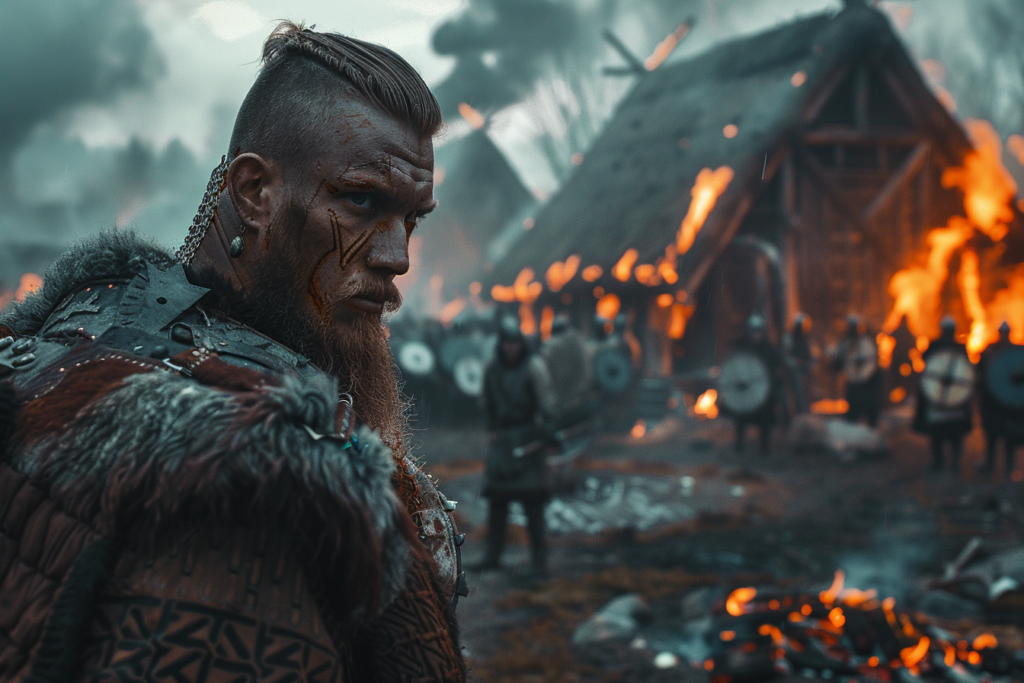
Impact on Local Populations
Defeat in Viking battles also had social consequences for the local populations.
When the Vikings were victorious, they often captured people and sold them into slavery. However, when they suffered a defeat, the Vikings themselves could become captives and be sold into slavery.
For example, after the Battle of Clontarf in 1014, many Viking captives were sold into slavery, and the Viking presence in Ireland declined.
Similarly, after the defeat of the Vikings by the Saxons, many Viking captives were sold into slavery, and the Saxon earls gained control over previously Viking-held territories.
Cultural and Economic Repercussions
Influence on Anglo-Saxon and Viking Cultures
The Viking raids and battles had a profound impact on both Anglo-Saxon and Viking cultures.
The violence and destruction caused by the raids led to a breakdown in the social order, and the Anglo-Saxons were forced to adapt to the new reality.
As a result, the Anglo-Saxons became more militarized, and their society became more hierarchical.
On the other hand, the Vikings were influenced by the cultures they encountered during their raids and battles.
They learned new tactics and strategies, and they also adopted new technologies and weapons.
As a result, the Vikings became more sophisticated and effective in their raids and battles.
Trade and Economic Changes
The Viking raids and battles also had a significant impact on trade and the economy. The Vikings were known for their raiding and plundering of monasteries and churches. The raids led to a decline in the number of monasteries and churches. This had a negative impact on the Church’s ability to provide social services and support the poor.
However, the Vikings also established settlements in the areas they raided, which led to the development of new trade routes and economic opportunities. The Viking ships were also instrumental in facilitating trade and commerce. They were able to transport goods and people over long distances.
Overall, the consequences of defeat in Viking battles were significant and far-reaching. The cultural and economic repercussions of the battles had a lasting impact on both Anglo-Saxon and Viking cultures. They continue to influence these cultures to this day.

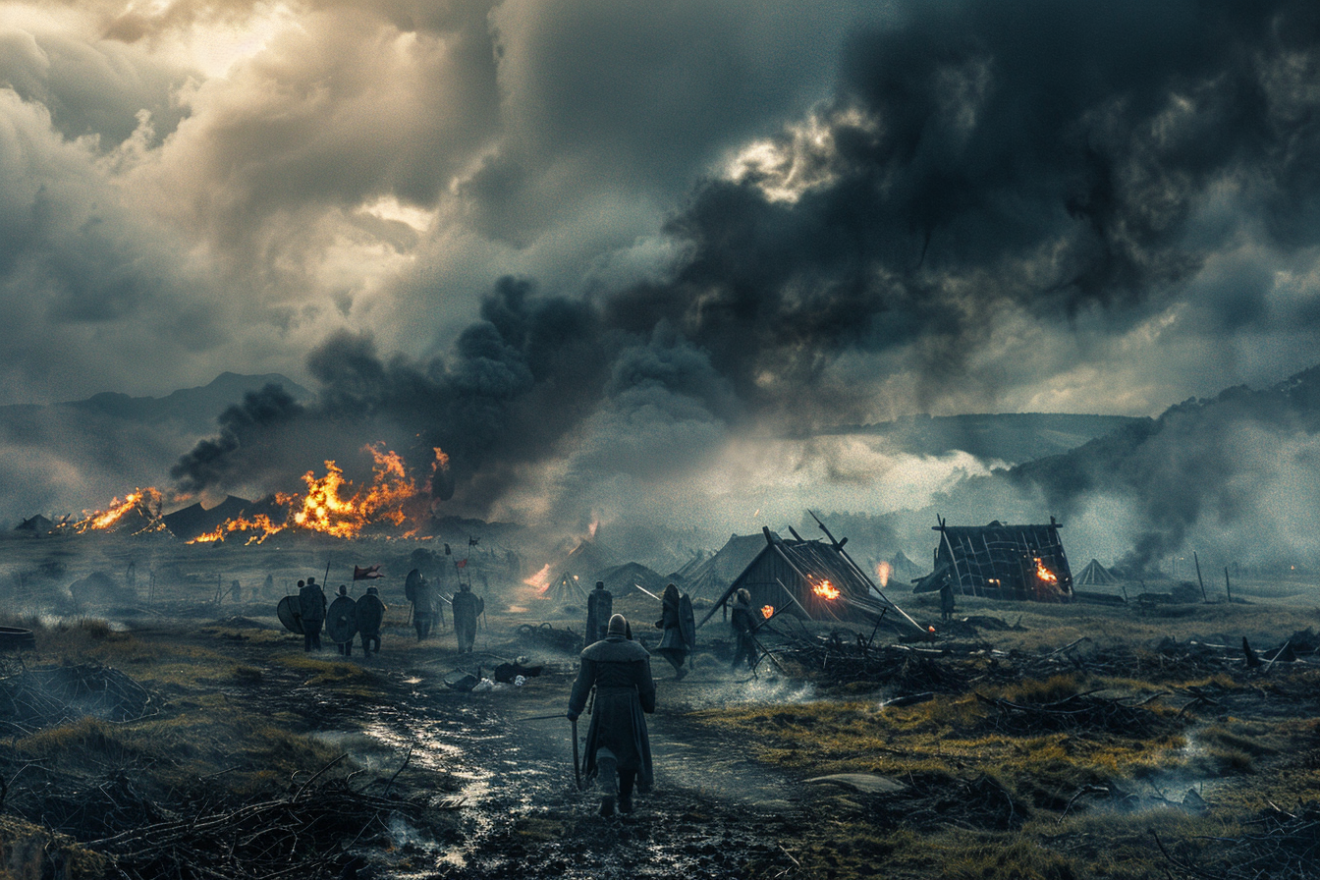
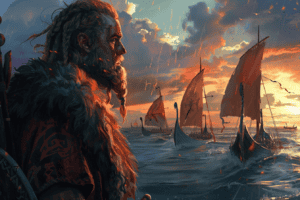
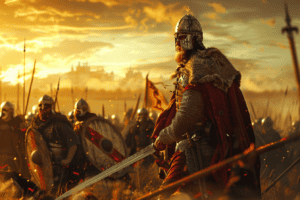
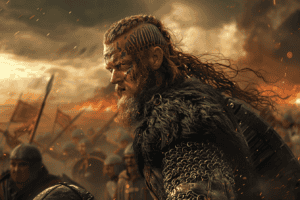





Add Comment